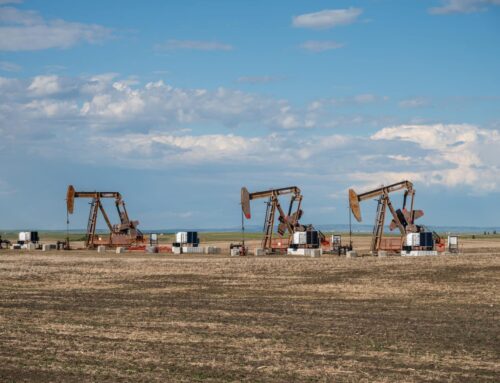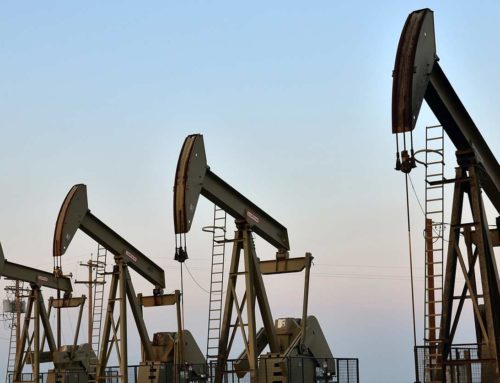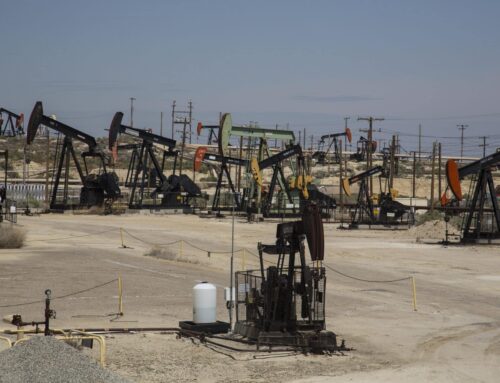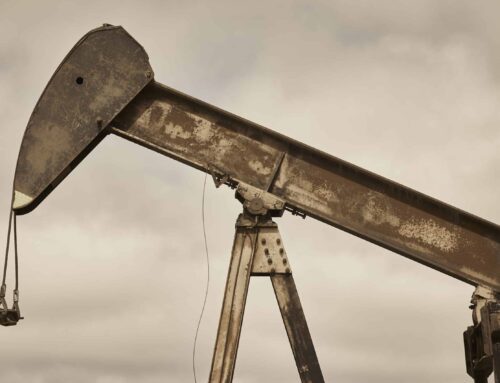When it comes to oil and gas drilling on federal lands, taxpayers are losing big. That is due in large part to our country’s century-old policies that dictate how much we collect from drilling for taxpayer-owned oil and gas. But taxpayers are the owners of these resources, and it’s time to get a fair return on the oil and gas development on our publicly owned lands across the country.
In the U.S., we let private companies explore for and extract resources on federal lands in exchange for a cut of the value they generate. The total return to taxpayers depends on what the government gets from leasing the rights to develop on federal land, what companies pay to keep their leases without producing, aka rent, and the portion of the companies’ revenue we set in the lease agreement, aka, the royalty rate.
Spoiler alert: taxpayers lose every step of the way.
A century ago this week, President Wilson signed the Mineral Leasing Act of 1920 into law and set the then and current royalty rate for drilling for oil and gas on federal lands at 12.5 percent. It goes without saying that a lot has happened in 100 years, like the whole digital age, a revolution in drilling techniques, and the invention of much better bathing suits. But one thing that has held on, is the royalty rate. States and private individuals charge oil and gas companies royalty rates of up to 25 percent for drilling on their lands, but the feds have stayed the course, costing taxpayers tens of billions of dollars as a result.
In our new analysis, Royally Losing, we found that the federal rate significantly lags what states charge. Wyoming, Utah, and Montana taxpayers all get 16.67 percent; Oklahoma and North Dakota charge 18.75 percent; Colorado and New Mexico generally set the royalty at 20 percent, while Texas charges up to 25 percent – double what the feds get. Oh, how much difference a few percent make.
We calculated that if the feds started charging 18.75 percent for leases on federal land, taxpayers could have gotten up to $12.4 billion more in revenue over the last decade. Instead, it went straight into Big Oil’s pockets, which must be huge to hold the literally trillions of dollars they’ve made over the past few decades.
The persistence of the low royalty rate defies all reason and political rhetoric. Want a government that runs more like a business? Charge a market rate! Want to take policy cues from states who get half the revenue? Charge a higher rate! Worried that production might decrease if we do? It won’t. Think it’s just an excuse to hammer oil and gas companies? See what noted oil and gas hating states (not) Texas and Oklahoma charge. Or, just look to what Uncle Sam charges for production of oil and gas in federal waters – 18.75 percent, which was set in 2007 and 2008 under the Bush Administration.
Thankfully, there is some good news. Two bipartisan bicameral proposals would increase our outdated royalty rates. In the House, Reps. McAdams (D-UT) and Rooney (R-FL) authored a bill (H.R. 4364) to raise the rate to 18.75 percent, in line with offshore. The bill also updates other leasing terms, like the rent and minimum acceptable bid in lease auctions which haven’t been touched since 1987.
And just this week, Senators Udall (D-NM) and Grassley (R-IA) introduced the Fair Returns for Public Lands Act of 2020 (S. 3330). It’s a commonsense bill that raises the royalty rate to 18.75 percent and raises minimum bids and rental rates for oil and gas leases.
1920 marked the beginning of Prohibition. That bad idea was tossed by the wayside a little more than a decade later. Unfortunately, taxpayers are still stuck with oil and gas royalty policies from that era. It’s enough to drive you to drink.













Get Social